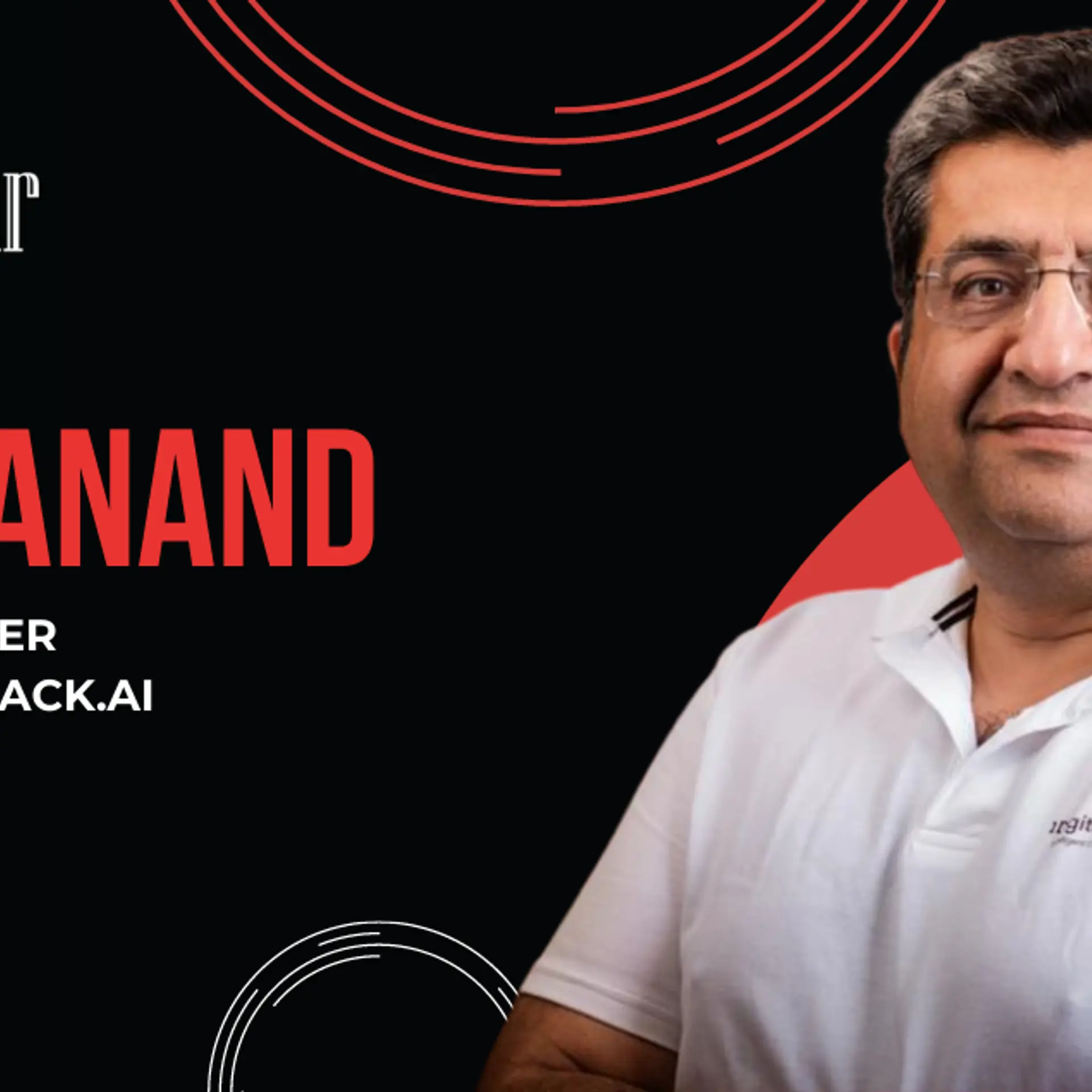TechSparks 2022: Deciphering the new North Star for SaaS businesses
In a fireside chat at TechSparks 2022, India’s most influential event, Amit Srivastava, VP - Sales & Marketing, Rakuten deep-dives into the nuances of North Star metrics for SaaS businesses, and the typical North Star metrics shifts for SaaS startups.
The idea of a North Star metric is simple: find the one measurement that defines the long-term success of your business.
A North Star can bring in a focus and organisation clarity on what each member of the team is working towards. It can improve decision making. And most importantly, it holds the product accountable to an outcome.
However, the mission to zero-in and optimise the growth of a business towards this one component is easier said than done.
In a fireside chat at TechSparks 2022 Amit Srivastava, VP - Sales & Marketing, Rakuten deep-dived into the nuances of North Star metrics for SaaS businesses, and the typical North Star metrics shifts for SaaS startups depending on the stage of the company. Here are the key takeaways from the conversation.
Evolving the North Star
A good North Star metric is comparative, understandable, a rate or ratio, and behaviour-changing - and sometimes evolves with the business goals.
Amit, who leads the Rakuten SixthSense business, opines that North Star metric should evolve to better reflect the current product strategy—the value that the company is delivering to its customers—and should always be a good leading indicator of revenue for the company.
“For far too long we have taken the North Star metric in different directions, with ‘funding’ as the uber goal of the company and customer acquisition as the North Star metric,” said Amit.
Over the past decade, SaaS companies—and those trying to showcase growing recurring revenue, or profitability have considered Annual Recurring Revenue (ARR) the primary metric to measure their success by.
“For a long time, we prioritised acquisition – adding logos to our ‘brandscape’ of clients as the main driver of growth, or more customers from a revenue standpoint. However, increasingly, we have begun to focus on retention, sustainability, and value to sustain top-line growth and bolster the bottom line,” he said.
Sustainability - the North Star for the long game
Amit believes that different businesses and different personas have different North Star metrics. “B2B, for one, ultimately runs on profitability - and the uber goal would be to look at metrics like ARR and stickiness. B2C, on the other hand, is wider and much more nuanced, and would have various metrics that include metrics like monthly active users (MAU) and so on,” he said.
He advised SaaS scale-ups to look at sustainability, repeatability and being more ARR-driven. “This also means that you're also looking at utilisation or stickiness, or usage of your service,” he added.
Sustainability is, by definition, a long game, and if you want to look at the successful great long-term growth strategy, it’s the only way.
The power of repeatability
As soon as Enterprise SaaS companies gain product-market fit and build a repeatable, scalable sales motion, retention and expansion become almost as critical (if not more critical) as acquisition to sustain growth. As companies examine the sources of their ARR, the captive customer base often represents untapped growth potential.
Amit believes that SaaS companies can enable greater spending (expansion) from existing customers over revenue from new customer contracts. In addition, companies can often see profit growth with just a minimal increase in retention rate.
“We have started understanding that sustainability is more important. Even VCs have started looking at how you can upsell or cross-sell for future growth,” he said.
This is attributed to the lower cost of sales when selling to customers over prospects.
“Acquisition is costly, and constantly looking at acquiring new customers for each round is not sustainable,” he added.








